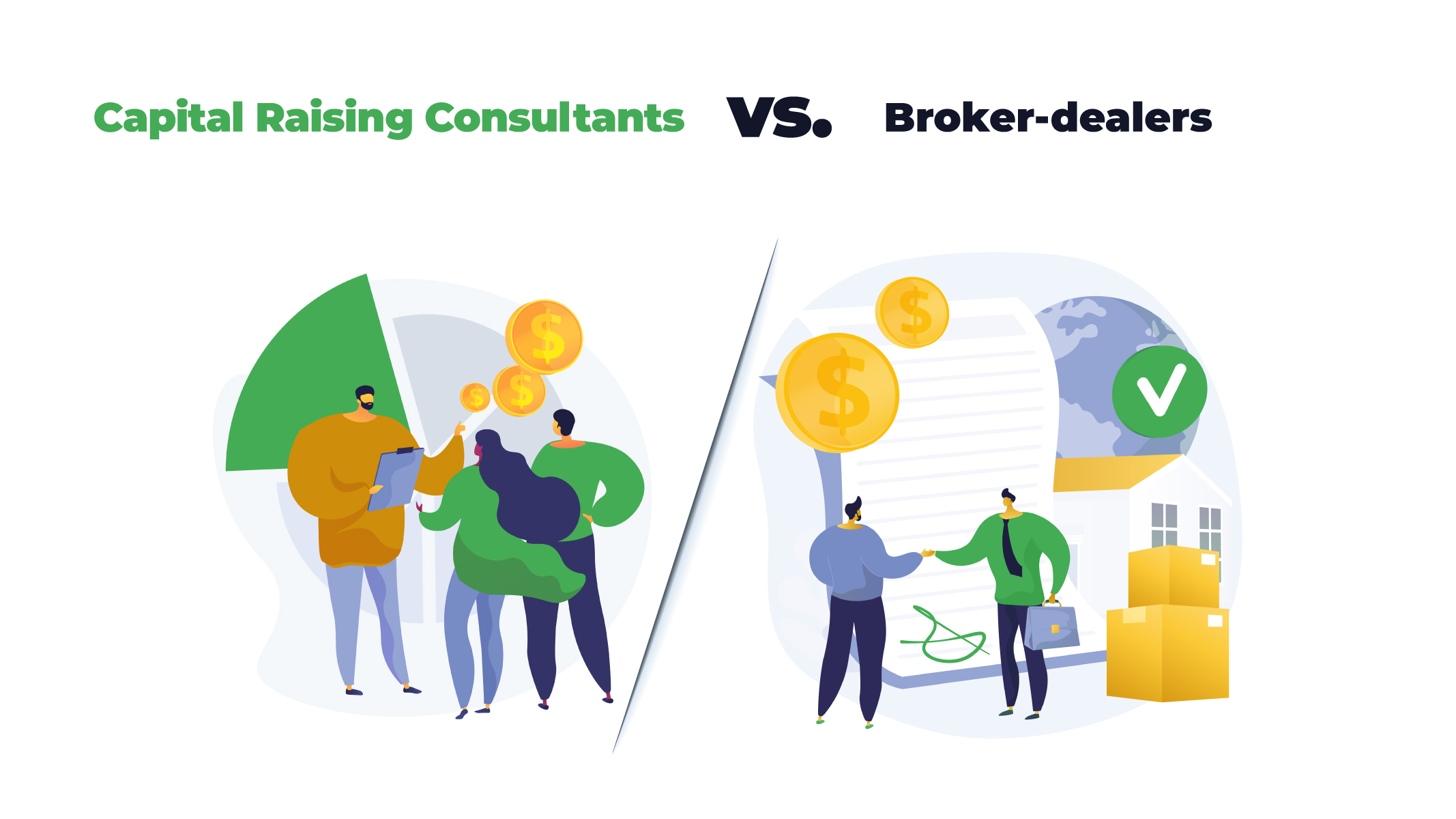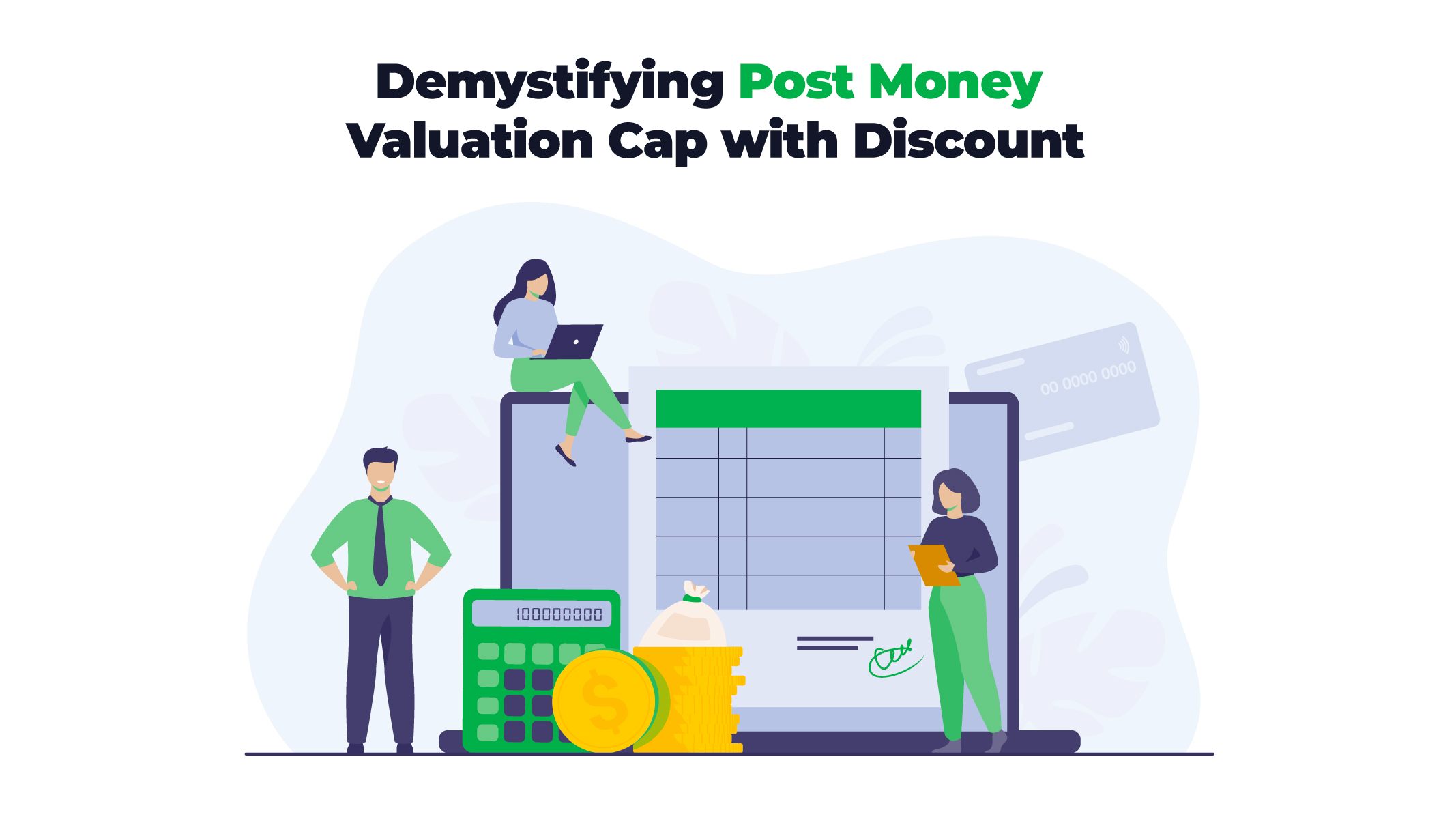Are you looking to raise money for your business? We’ve got you covered with a comprehensive checklist that walks you through the entire process. Whether you’re just starting out or in the midst of closing a deal with new investors, this checklist covers all the important steps you need to consider. From planning your strategy to negotiating effectively, this guide will help you navigate the fundraising journey and secure the funding your startup needs to succeed.










